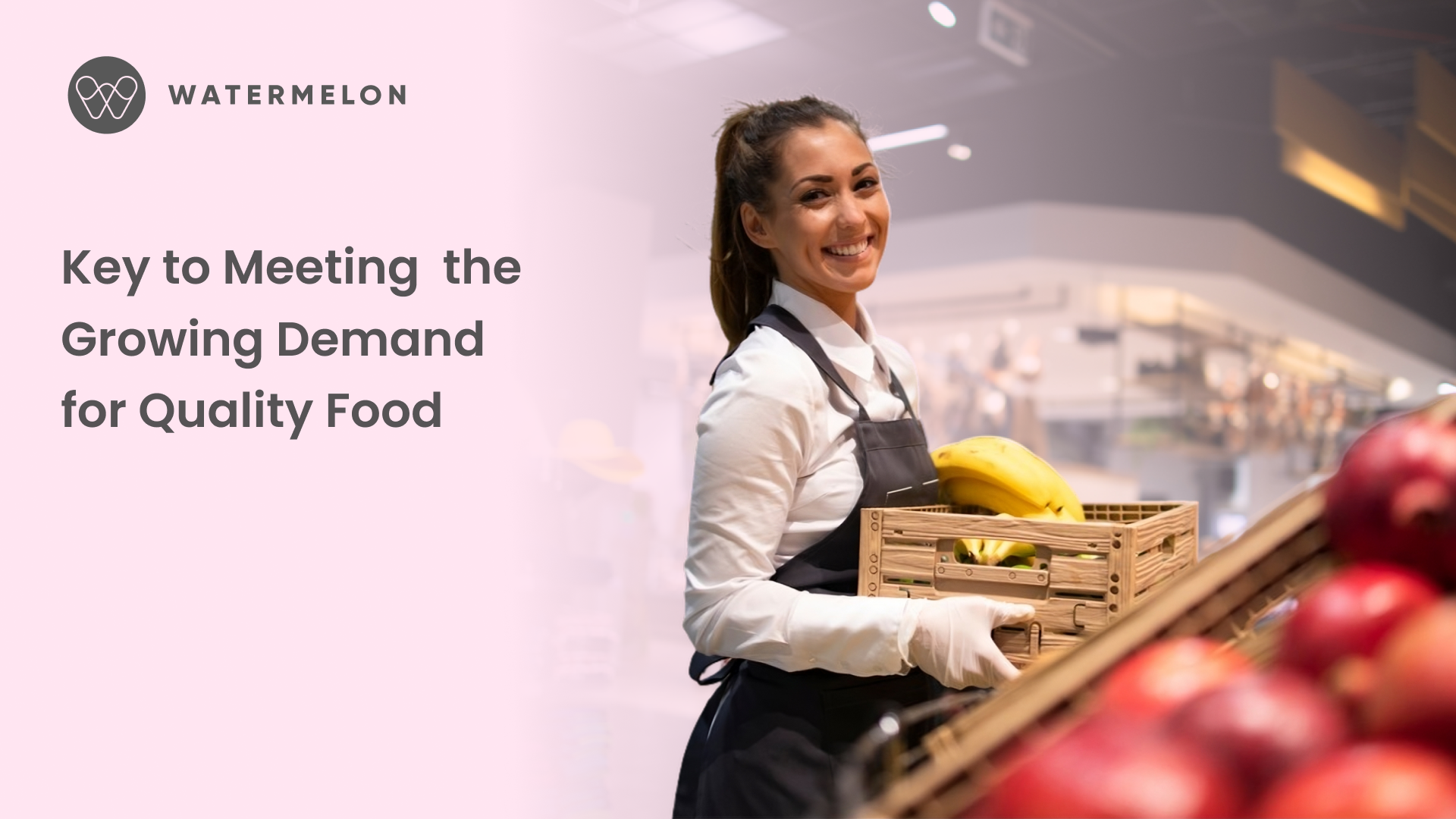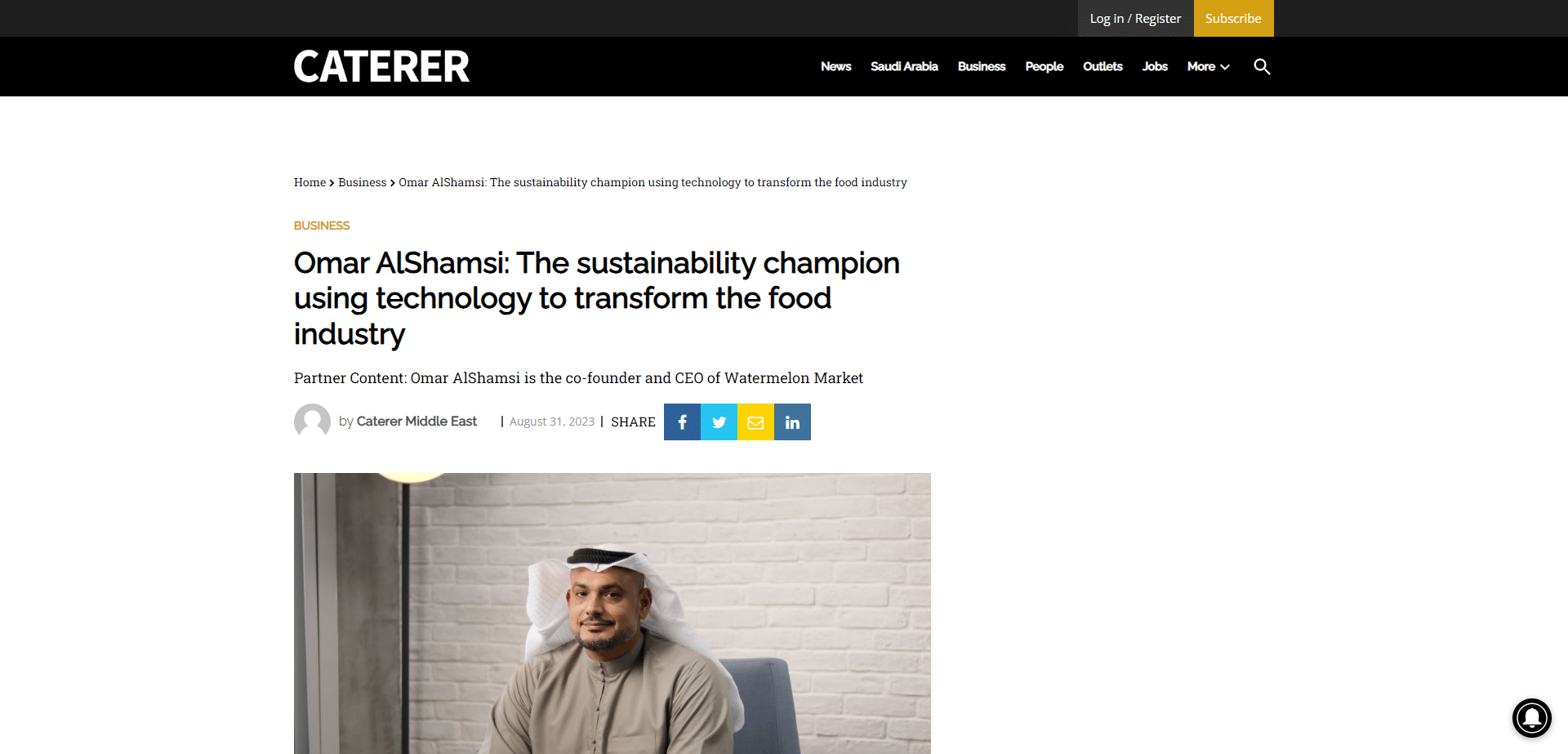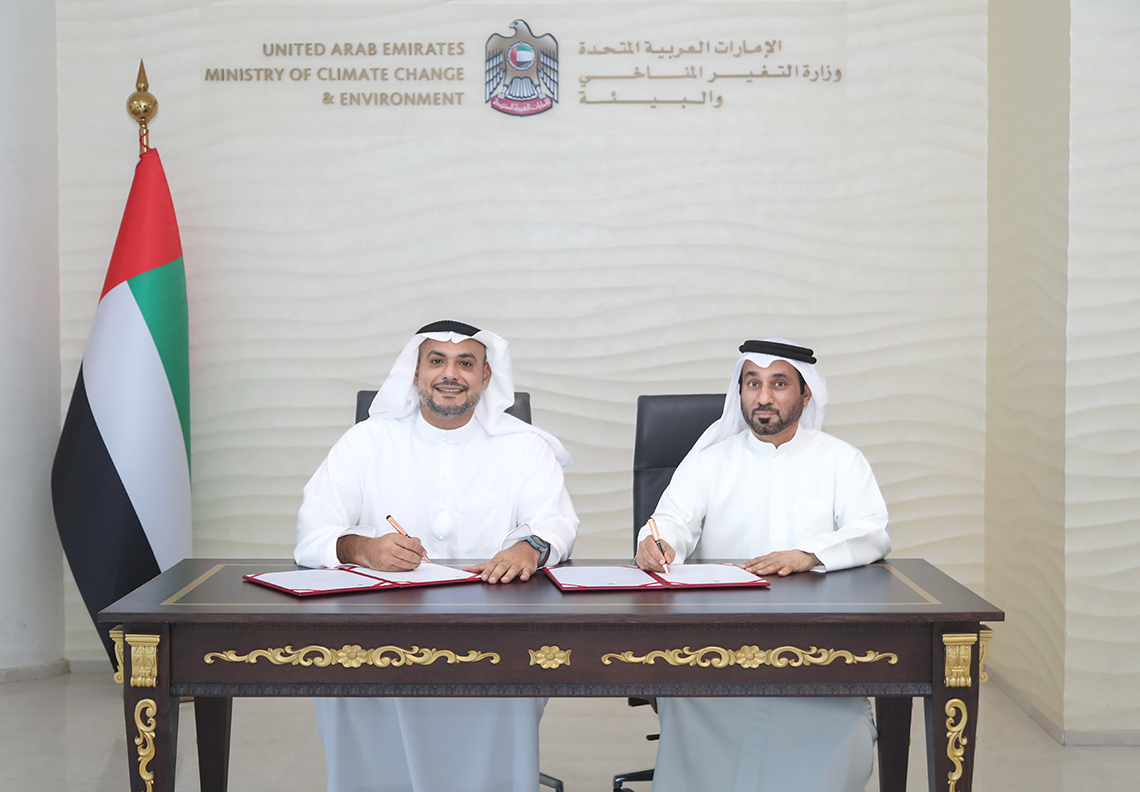5 Ways Local Sourcing via Watermelon Ecosystem Cuts Costs and Boosts Sustainability
As a UAE restaurant or café owner, you’re juggling rising costs and increasing customer demand for sustainable, locally sourced ingredients. At Watermelon Market, we bridge local farms and F&B outlets—providing cheaper, fresher produce with a smaller carbon footprint. Here’s how partnering with us transforms your sourcing strategy.
Lower Your Supply Costs
With 50+ UAE-based suppliers and 1,000+ SKUs through our platform, you can compare and negotiate prices efficiently Watermelon Market.
Bulk ordering offers exclusive rates—smarter spend = higher margins.
Reduce Waste & Waste Costs
Direct sourcing means fewer intermediaries, less storage time, and less spoilage
Real-time ordering + SaaS analytics help you buy just enough.
Unlock Flexible Financing
Use our BNPL-like “Watermelon Growth”—up to AED 500k—to smooth cash flow while scaling
Build Sustainability Credentials
Sourcing locally cuts carbon emissions by ~20 % compared to imports
Highlight “UAE-grown” on your menu—and appeal to conscious diners.
Access End‑to‑End Efficiency
All‑in‑one platform: procurement, POS, analytics, marketing services Watermelon Market.
Saves time and money—your team can focus on what matters: food and service.
Thoughts?
Join the growing F&B outlets using Watermelon Market to cut costs, reduce waste, and cultivate sustainability—all while leveling up efficiency. 🚀
Discover the
Watermelon Ecosystem
Join our ecosystem and revolutionize your F&B business today.
















